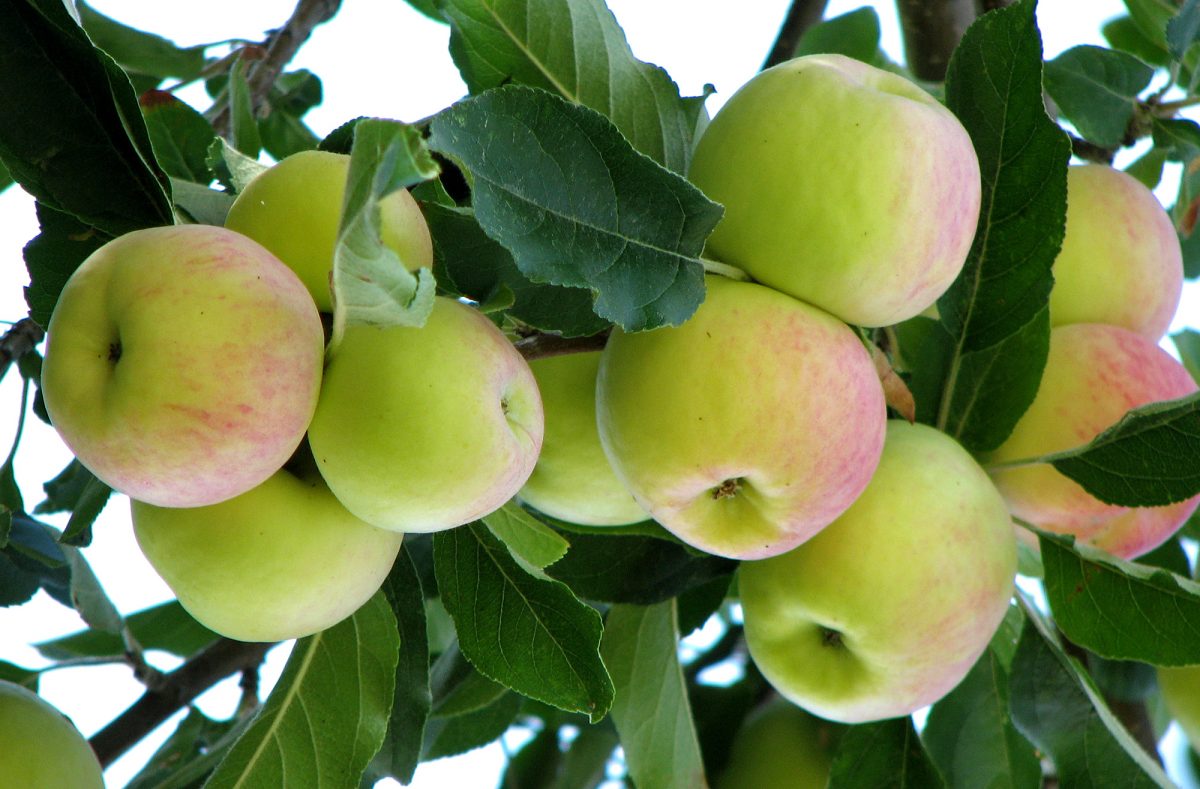Exotic fruit flies (Diptera: Tephritidae) are globally one of the most damaging pest groups. To help keep New Zealand free of exotic fruit flies (Diptera: Tephritidae), Biosecurity New Zealand runs a seasonal network of over 7,600 fruit fly traps across the country. Understanding the most appropriate timing for trapping is important, both to maximise the likelihood of detection and to reduce costs.
Scientists in a collaboration involving AgResearch and Plant & Food Research have been looking at the seasonal dynamics of exotic fruit flies under New Zealand conditions, validating their models against seasonal population patterns observed overseas. They incorporated introduction risks, fruit fly population dynamics and trap efficacy to identify the most effective and efficient period for trapping.
The study found that the optimal trapping season varied by location, temperature and with different climate change scenarios. Although this study focused on exotic fruit flies, the approach could be applied to optimise surveillance timing for any target species with known seasonal variabilities and varying probabilities of introduction and/or detection.
In response to this work, Biosecurity New Zealand has adjusted its fruit fly trapping schedule to optimise detection efficacy.
This work was funded by the Ministry for Primary Industries (RFP15184) and by the Ministry for Business, Innovation and Employment Strategic Science Investment Fund through the Better Border Biosecurity (B3) collaboration.
Journal Reference
Kean, J, Stringer, L 2019 Optimising the seasonal deployment of surveillance traps for detection of incipient pest invasions, Crop Protection 123: 36-44 https://doi.org/10.1016/j.cropro.2019.05.015
Source: Plant & Food Research












